I have the following tables:
Customers
ID Name
============
1 John
2 Alice
3 Bob
Orders
ID CustomerID Status
==========================
1001 1 1
1002 2 1
1003 2 2
1004 3 2
I'd like to join tables showing one entry per customer only (the one with lowest Status) i.e.
ID Name OrderID
======================
1 John 1001
2 Alice 1002
3 Bob 1004
Thanks to the answer to this question, I chose 2 solutions which produce the same output:
Solution 1
SELECT c.id, c.name, o.id FROM customers AS c
INNER JOIN orders AS o ON
c.id = o.customerid
WHERE o.status = (SELECT MIN(status) FROM orders WHERE customerid = c.id)
Solution 2
SELECT c.id, c.name, o.id FROM customers as c
INNER JOIN orders AS o ON
o.id = (SELECT TOP 1 id FROM orders WHERE customerid = c.id ORDER BY status)
Trying to understand which one runs faster, I used SQL Fiddle View Execution Plan which gave the following:
Solution 1
Solution 2
How to interpret those diagrams and which one performs faster? Using MS SQL Server 2016.

